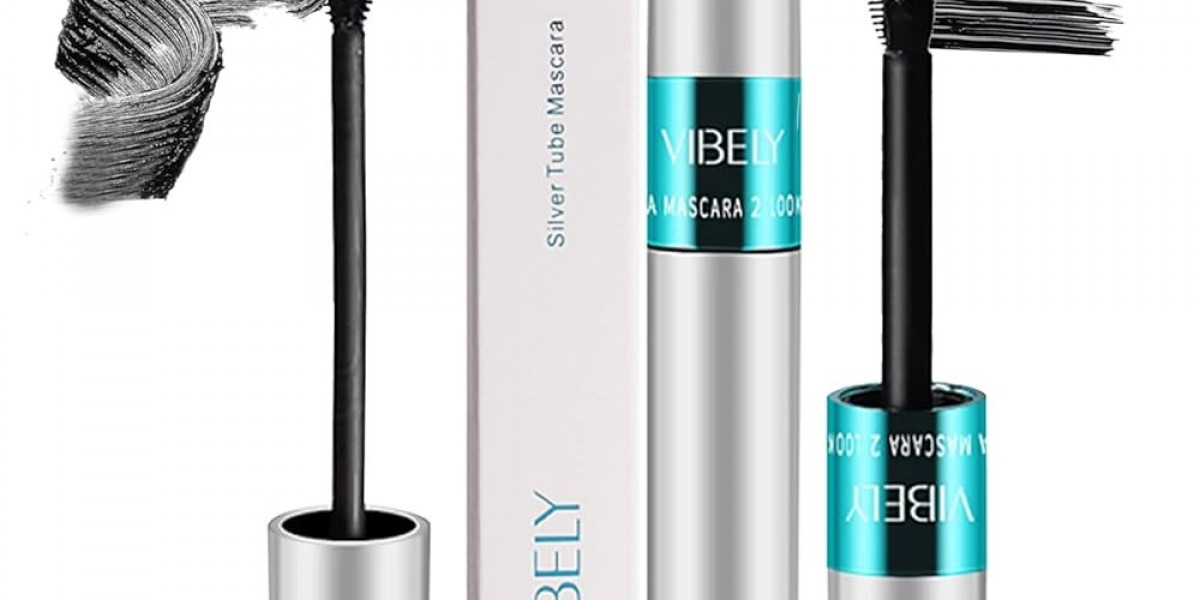From the iconic Sydney Opera House to the ancient wonders of Uluru, planning a trip here is about embracing diversity and adventure. As someone who’s navigated its coasts and outback, I’ve crafted this guide to help you plan a seamless Australian journey that hits all the right notes.
Why Visit Australia?
Australia’s appeal is its sheer variety. Spanning a continent, it delivers everything from tropical rainforests to cosmopolitan hubs. Here’s what makes it special:
Unique Wildlife: Kangaroos, koalas, and wombats roam alongside marine life like whale sharks and coral reef fish.
Stunning Landscapes: Think Great Barrier Reef’s corals, Tasmania’s rugged peaks, and the Red Centre’s desert vistas.
Rich Culture: Indigenous heritage, vibrant arts, and multicultural cities like Melbourne create a dynamic cultural tapestry.
Adventure Galore: Surf in Byron Bay, hike in the Blue Mountains, or dive into Ningaloo Reef—there’s no shortage of thrills.
When to Go
Australia’s seasons vary by region due to its size, so timing matters. Here’s my breakdown:
Spring (September-November): Mild weather suits Sydney, Melbourne, and the Great Barrier Reef. Wildflowers bloom in Western Australia.
Summer (December-February): Ideal for Tasmania’s hiking trails and Perth’s beaches, but hot in the outback. Book early for coastal spots.
Autumn (March-May): Perfect for Uluru’s cooler temps and Adelaide’s festivals. The Reef is clear for diving.
Winter (June-August): Great for northern areas like Cairns or Darwin, with warm days. Sydney and Melbourne are chilly but less crowded.
For a balanced trip, I recommend April-May or September-October for pleasant weather across most regions.
Must-Visit Destinations
Australia’s regions are as varied as they are vast. Here’s my pick of top spots:
Sydney: A vibrant city with Bondi Beach, the Opera House, and Sydney Harbour Bridge. Take a ferry to Manly for coastal views.
Melbourne: The cultural capital, known for laneway cafes, street art, and the Great Ocean Road nearby.
Great Barrier Reef: A diving and snorkeling paradise off Cairns. Visit islands like Fitzroy or Green for pristine corals.
Uluru-Kata Tjuta: The Red Centre’s spiritual heart, with stunning rock formations and Indigenous cultural tours.
Tasmania: Hobart and Freycinet National Park offer rugged beauty, fresh seafood, and hiking at Wineglass Bay.
For a 10-14 day trip, focus on 3 days in Sydney, 3 in Melbourne, 3 in Cairns for the Reef, and 2-3 for Uluru or Tasmania.
Sample 12-Day Itinerary
This itinerary blends city, coast, and outback, based on my travels:
Days 1-3: Sydney: Climb the Harbour Bridge, surf at Bondi, and explore The Rocks’ markets.
Days 4-6: Melbourne: Wander Federation Square, drive the Great Ocean Road to see the Twelve Apostles, and sip coffee in Fitzroy.
Days 7-9: Cairns/Great Barrier Reef: Snorkel at the Reef, visit Daintree Rainforest, and relax on Palm Cove.
Days 10-12: Uluru: Join an Indigenous-led tour at Uluru, hike around Kata Tjuta, and catch a sunset at the rock.
Adjust for interests—add Perth for beaches or the Blue Mountains for hiking.
Practical Tips for Your Trip
These insights will keep your journey smooth:
Getting Around: Domestic flights (Qantas, Virgin Australia) are best for long distances like Sydney to Uluru. Rent a car for regional drives like the Great Ocean Road. In cities, use Opal cards (Sydney) or Myki (Melbourne) for public transport.
Accommodation: Stay in boutique hotels or Airbnb for character. Sydney’s Ovolo Woolloomooloo and Melbourne’s QT Hotel are top picks. Book 4-6 months ahead for summer.
Food to Savor: Try meat pies, barramundi, or lamingtons. Sydney’s Quay and Melbourne’s Attica are dining standouts. Meals cost AUD 15-40.
Budget: Plan AUD 120-200/day per person for mid-range stays, food, and activities. Save with free sites like Sydney’s Royal Botanic Garden or Melbourne’s NGV gallery.
Visas and Connectivity: Most visitors need an eVisitor (subclass 651) or ETA (subclass 601) visa, applied online. Grab a Telstra SIM for AUD 20-30 for data.
Cultural and Safety Notes
Australians are laid-back but respect cultural sensitivity, especially around Indigenous sites like Uluru—follow local guidelines. Tip 5-10% at restaurants only for exceptional service. Australia is safe, but beware of strong sun (use SPF 50+), rip currents at beaches, and wildlife in rural areas. Always carry water in the outback and check bushfire alerts in summer.
Conclusion
australian trip planner is about embracing its wild beauty and urban buzz. Whether you’re diving the Great Barrier Reef, exploring Melbourne’s laneways, or standing in awe at Uluru, this country delivers memories that last a lifetime. Use this guide to shape your adventure, and check Tourism Australia or local operators for deals. Your Aussie journey is ready to unfold—start plotting it now!








